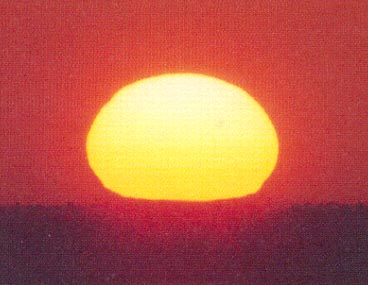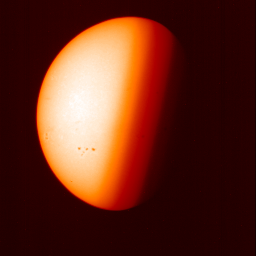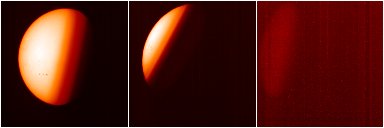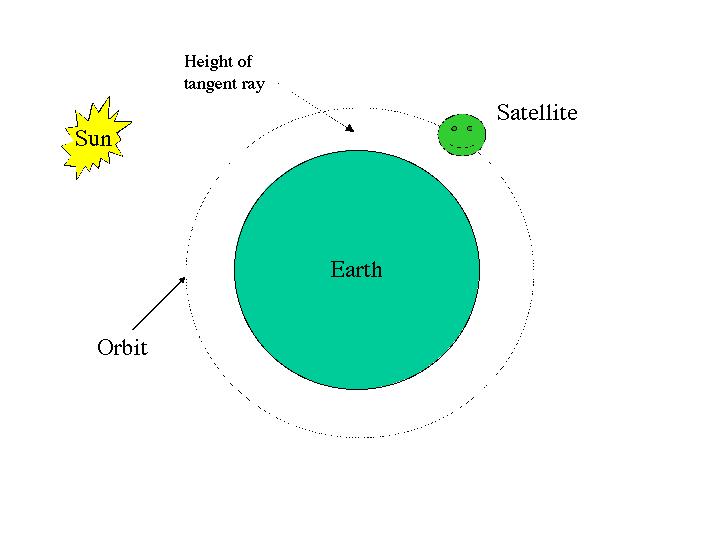 |
 |
Introduction
It's every astronomer's dream environment: space, where no atmosphere gets in the way. No "seeing", no refraction, no scattered light, no dirt. Alas the Universe is not that simple. Even X-ray observatories such as Yohkoh or HESSI have their specific problems, as discussed in this nugget. This is at first thought a bit surprising, since X-rays are absorbed readily in the upper atmosphere and thus never get to where it is dense. And what is refraction? Light passing through a transparent medium moves more slowly than it does in a vacuum. This means, by the Huygens Princple, that the rays of light bend in the direction of the slower medium as it enters. Man-made satellites fly through space, but it is not a perfect vacuum. The Earth's atmosphere rapidly gets thinner with height, but only exponentially, so that in fact it extends limitlessly outwards into the "vacuum" of space, eventually coming into some sort of complicated equilibrium with the solar wind and eventually the interstellar medium.
Images of the squashed Sun
Yohkoh and many other man-made satellites fly close to the surface of the Earth, and thus frequently they see astronomical objects (the Sun, for example) on lines of sight that go through the edge of the atmosphere ("orbit night" and "orbit day" for a solar observatory, corresponding to the location of the terminator. Just as with sunset and sunrise, the refraction in the Earth's atmosphere results in images that get squashed in the direction of local vertical, which is perpendicular to the stratification of the atmosphere. Here are examples from the ground (left) and from Yohkoh in orbit (right):
 |
 |
Note how much more regular the refracted image from orbit (right) is. Possibly this would be because the upper atmosphere (top .1% or so) does not contain layer of smog and soot that make ground-based sunsets so variable. Below are three more, at a common intensity scaling:

How bad a problem for HESSI?
The problem is that X-rays, the medium of observation for Yohkoh
and HESSI, have different properties than visible light.
X-rays are much more easily absorbed in air, which is probably why our eyes
don't use them.
That means that at the height of absorption of an X-ray, the optical
position sensor of a satellite will be looking through the upper
atmosphere, as sketched below.

H. Hudson (hudson@isass1.solar.isas.ac.jp)